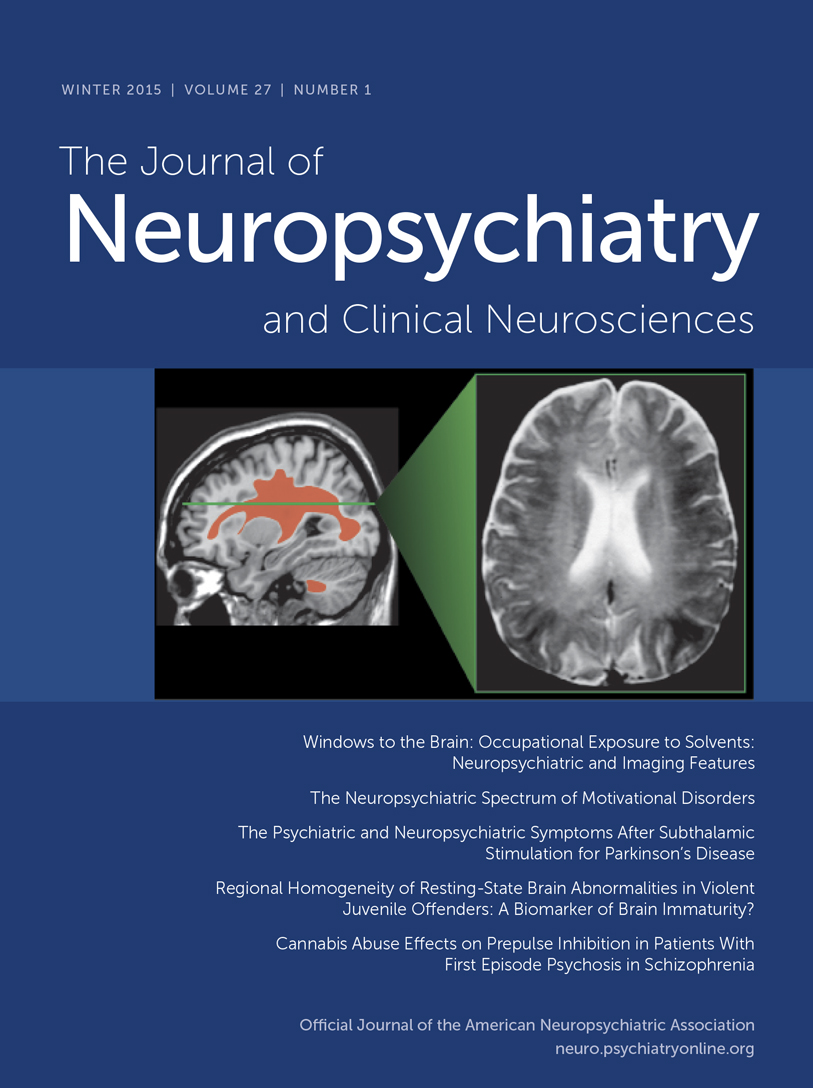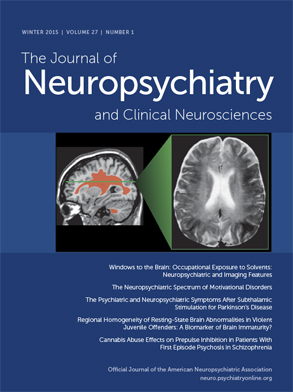Reliability and Factor Structure of the Short Problem Behaviors Assessment for Huntington’s Disease (PBA-s) in the TRACK-HD and REGISTRY studies
Abstract
Methods
Participants
| Leiden | London | Paris | Vancouver | Manchester | |
|---|---|---|---|---|---|
| TRACK-HD Baseline assessment | 34 | 43 | 86 | 46 | 0 |
| TRACK-HD 12-month follow-up | 28 | 46 | 0 | 46 | 0 |
| TRACK-HD 24-month follow-up | 0 | 1 | 0 | 5 | 0 |
| TRACK-HD 36-month follow up | 0 | 1 | 0 | 1 | 0 |
| REGISTRY study | 0 | 0 | 0 | 0 | 73 |
| Total | 62 | 91 | 86 | 98 | 73 |
The PBA-s
| Depressed mood, sadnessa | Inflexible, uncooperative |
|---|---|
| Initial insomnia (difficulty falling asleep) | Passive, too compliant |
| Wakening too early | Obsessional thoughts or mental imagesc |
| Sleepy or drowsy during daytime | Compulsive behaviorsc |
| Pessimistic, low self-esteem | Perseverative thinking or behaviora |
| Anxietya | Irritabilitya |
| Tense, unable to relax | Verbal aggressiond |
| Suicidal ideationa | Physical aggressiond |
| Lack of energy, fatigue | Medically unexplained symptoms |
| Lacks interest in appearance, self-neglectb | Loss of libido |
| Eating less | Sexually disinhibited behavior |
| Eating more | Sexually demanding behavior |
| Eats too quickly, bolting food | Paranoid thinking/delusionsa |
| Change in food preference (e.g., sweet tooth) | Delusional jealousy |
| Needs prompting to do thingsb | Auditory hallucinationse |
| Fails to complete tasksb | Visual hallucinationse |
| Poor self-monitoring, fails to correct errors | Tactile hallucinationse |
| Impulsive, makes poor decisions | Olfactory hallucinationse |
| Reduced rapport, emotionally bluntedb | Gustatory hallucinationse |
| Self-centered, demanding | Abnormal behavior re temperature regulation |
Statistical Analyses
Factor Analysis
RESULTS
| English | Dutch | French | |
|---|---|---|---|
| Depression | 57.2 | 48.4 | 54.7 |
| Suicidal ideation | 13.2 | 10.9 | 14.0 |
| Anxiety | 64.6 | 64.1 | 74.4 |
| Irritability | 64.1 | 51.6 | 57.0 |
| Aggression | 50.4 | 40.6 | 30.2 |
| Apathy | 47.2 | 26.6 | 40.7 |
| Obsessive-compulsive behaviors | 14.8 | 0.0 | n/a |
| Perseveration | 38.6 | 24.2 | 25.6 |
| Paranoid thinking/delusions | 5.1 | 3.2 | 1.2 |
| Hallucinations | 3.1 | 0.0 | 0.0 |
| Disorientation | 15.6 | 11.3 | 5.8 |
| Symptom | Severity Score | Frequency Score | ||||||||
|---|---|---|---|---|---|---|---|---|---|---|
| 0 | 1 | 2 | 3 | 4 | 0 | 1 | 2 | 3 | 4 | |
| Depression | 47.3 (194) | 11.2 (46) | 32.9 (135) | 7.3 (30) | 1.2 (5) | 47.1 (193) | 22.4 (92) | 17.1 (70) | 10.5 (43) | 2.9 (12) |
| Suicide | 88.1 (362) | 3.9 (16) | 6.3 (26) | 1.5 (6) | 0.0 (0) | 88.0 (360) | 6.6 (27) | 2.7 (11) | 1.7 (7) | 0.7 (3) |
| Anxiety | 36.7 (150) | 22.2 (91) | 28.4 (116) | 11.7 (48) | 1.0 (4) | 36.8 (150) | 24.3 (99) | 21.6 (88) | 14.7 (60) | 2.7 (11) |
| Irritability | 42.4 (174) | 29.5 (121) | 15.4 (63) | 11.2 (46) | 1.5 (6) | 42.5 (174) | 21.0 (86) | 26.2 (107) | 7.8 (32) | 2.4 (10) |
| Anger | 59.8 (245) | 13.2 (54) | 13.7 (56) | 10.2 (42) | 3.2 (13) | 59.8 (245) | 30.7 (126) | 7.6 (31) | 1.5 (6) | 0.5 (2) |
| Apathy | 59.2 (239) | 8.9 (36) | 17.8 (72) | 9.7 (39) | 2.0 (8) | 59.5 (239) | 7.2 (29) | 8.0 (32) | 8.5 (34) | 14.4 (58) |
| OCD | 88.9 (128) | 3.5 (5) | 6.3 (9) | 1.4 (2) | 0.0 (0) | 90.8 (128) | 2.1 (3) | 0.0 (0) | 5.0 (7) | 2.1 (3) |
| Perseveration | 68.8 (278) | 8.7 (35) | 15.3 (62) | 5.2 (21) | 1.2 (5) | 69.3 (278) | 8.5 (34) | 9.7 (39) | 10.0 (40) | 1.7 (7) |
| Delusions | 96.8 (392) | 1.5 (6) | 1.5 (6) | 0.2 (1) | 0.0 (0) | 96.8 (392) | 2.0 (8) | 1.0 (4) | 0.2 (1) | 0.0 (0) |
| Hallucinations | 98.0 (397) | 0.2 (1) | 0.7 (3) | 0.5 (2) | 0.5 (2) | 98.0 (397) | 1.0 (4) | 0.7 (3) | 0.2 (1) | 0.0 (0) |
| Disorientation | 88.4 (328) | 8.4 (31) | 2.7 (10) | 0.3 (1) | 0.0 (0) | 88.4 (328) | 5.9 (22) | 2.7 (10) | 1.6 (6) | 1.1 (4) |
Inter-rater Reliability—Raw Agreement
Inter-rater Reliability‒Cohen’s Kappa
Factor Analysis
| Rater Pair | Severity Scores | Frequency Scores | ||
|---|---|---|---|---|
| k | kw | k | kw | |
| Rater pair 1 | 0.858 | 1 | 0.909 | 0.991 |
| Rater pair 2 | 0.795 | 0.976 | 0.892 | 0.973 |
| Rater pair 3 | 0.606 | 0.925 | 0.664 | 1 |
| Rater pair 4 | 0.772 | 1 | 0.877 | 1 |
| Rater pair 5 | 0.659 | 0.93 | 0.741 | 0.944 |
| Rater pair 6 | 0.594 | 0.917 | 0.683 | 0.884 |
| Rater pair 7 | 0.785 | 0.99 | 0.831 | 0.989 |
| Rater pair 8 | 0.623 | 0.967 | 0.734 | 0.916 |
| Rater pair 9 | 0.685 | 0.94 | 0.682 | 0.83 |
| Rater pair 10 | 0.648 | 0.899 | 0.624 | 0.802 |
| Rater pair 11 | 0.735 | 0.926 | 0.727 | 0.923 |
| Rater pair 12 | 0.566 | 0.712 | 0.561 | 0.705 |
| Rater pair 13 | 1.000 | 1.000 | 0.867 | 0.960 |
| Rater pair 14 | 0.818 | 0.948 | 0.824 | 0.965 |
| Rater pair 15 | 1.000 | 1.000 | 0.910 | 0.977 |
| Rater pair 16 | 0.694 | 0.911 | 0.699 | 0.927 |
| English mean | 0.767 | 0.964 | 0.803 | 0.961 |
| Dutch mean | 0.692 | 0.913 | 0.676 | 0.863 |
| French mean | 0.626 | 0.826 | 0.622 | 0.768 |
| Factor 1: Apathy (16.9) | Factor 2: Irritability (26.9) | Factor 3: Affective (13.6) |
|---|---|---|
| Lack of initiative (Apathy) | Irritability | Depressed mood |
| 0.755 | 0.894 | 0.789 |
| Perseverative thinking or behavior | Angry or aggressive behavior | Suicidal ideation |
| 0.732 | 0.929 | 0.664 |
| Disoriented behavior | Anxiety | |
| 0.633 | 0.656 |
Discussion
Acknowledgments
References
Information & Authors
Information
Published In
History
Authors
Funding Information
Metrics & Citations
Metrics
Citations
Export Citations
If you have the appropriate software installed, you can download article citation data to the citation manager of your choice. Simply select your manager software from the list below and click Download.
For more information or tips please see 'Downloading to a citation manager' in the Help menu.
View Options
View options
PDF/EPUB
View PDF/EPUBLogin options
Already a subscriber? Access your subscription through your login credentials or your institution for full access to this article.
Personal login Institutional Login Open Athens loginNot a subscriber?
PsychiatryOnline subscription options offer access to the DSM-5-TR® library, books, journals, CME, and patient resources. This all-in-one virtual library provides psychiatrists and mental health professionals with key resources for diagnosis, treatment, research, and professional development.
Need more help? PsychiatryOnline Customer Service may be reached by emailing [email protected] or by calling 800-368-5777 (in the U.S.) or 703-907-7322 (outside the U.S.).

